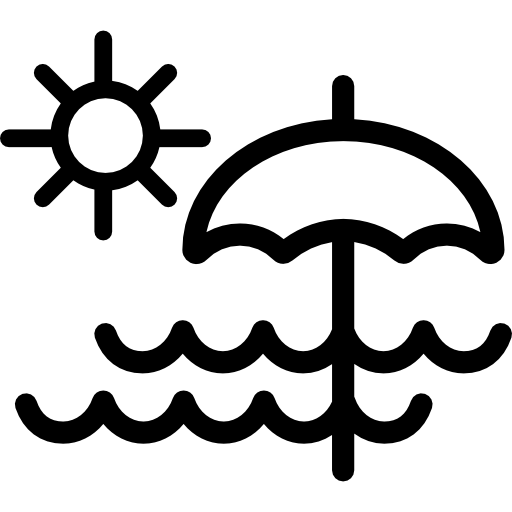About Key Monastery
Key Monastery (also spelled Ki or Kye) is the largest and most important Tibetan Buddhist monastery in Spiti Valley, Himachal Pradesh. Perched dramatically at 4,166 meters above sea level, the monastery looks like a tiered fortress rising out of the rugged landscape. Founded in the 11th century, it has endured attacks, earthquakes, and fires, yet it remains a thriving center of faith and learning. Today it is home to over 300 monks who dedicate their lives to meditation, study, and spiritual practice.
The monastery is famous for its murals, ancient thangka paintings, rare manuscripts, and collection of weapons dating back centuries. Walking inside, one can hear the rhythmic chanting of lamas, smell the incense, and feel the atmosphere of devotion that defines Key. Visitors are drawn not only for its spiritual value but also for its spectacular rooftop view of the Spiti River valley — a scene often captured in postcards and travelogues. For travelers seeking both cultural immersion and breathtaking Himalayan vistas, Key Monastery is a must-visit landmark.
Key Monastery Highlights
- 11th-century monastery, rich in Tibetan Buddhist heritage
- Unique fort-like architecture with tiered construction
- Home to 300+ monks and a functioning monastic school
- Murals, thangkas, and scriptures preserved for centuries
- Panoramic rooftop views of Spiti River and surrounding peaks
- Spiritual festivals such as Cham Dance with masked monks
How To Reach Key Monastery
Key Monastery is located about 14 kilometers from Kaza, the main town of Spiti Valley. From Kaza, travelers can hire taxis or rent bikes, taking around 30–40 minutes to reach. The road climbs gently and offers striking views of the valley and mountains. Those coming from Manali can reach Kaza (200 km) via Rohtang Pass and Kunzum La, but this route is only open between late May and October. From Shimla, the longer but more reliable route through Kinnaur spans 430 km and remains accessible most of the year, except during heavy snow or landslides.
Public transport options are limited, with occasional buses and shared jeeps from Kaza to nearby villages. Most visitors prefer private taxis for convenience. The closest airport is Bhuntar (near Kullu), around 250 km away, and the nearest railhead is Shimla. However, most travelers opt for road trips, which are adventurous but incredibly scenic. For a smoother journey, it’s recommended to stay in Kaza overnight and then visit Key Monastery as part of a day circuit covering Kibber, Hikkim, Langza, and Komic villages.
Best Time To Visit Key Monastery
The best time to visit Key Monastery is between May and October. During summer (May–June), the weather is pleasant, with snow still visible on higher peaks. July–August is the peak tourist season, perfect for experiencing local culture and trekking opportunities, though occasional landslides may occur. September–October brings crystal-clear skies and stunning astrophotography opportunities, with fewer crowds and cooler weather. This is the best time for photographers and culture enthusiasts.
Winter (November–March) is harsh, with temperatures dropping below -20°C. Heavy snow often cuts off Spiti from the rest of Himachal, making access very difficult. Only the most experienced travelers attempt a winter visit, but the rewards include solitude, frozen landscapes, and the chance to spot elusive snow leopards. However, due to road closures and health risks at high altitude, winter travel is not recommended for everyone. For most travelers, late spring to early autumn offers the best conditions for a safe and memorable trip.













